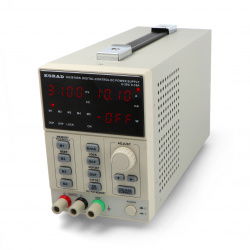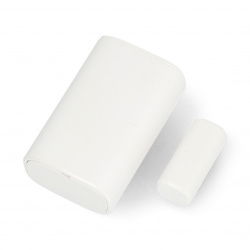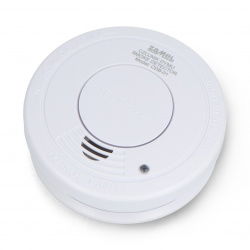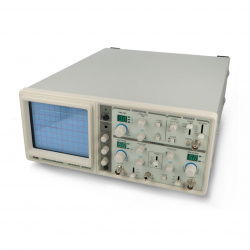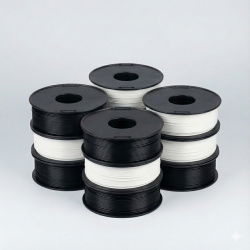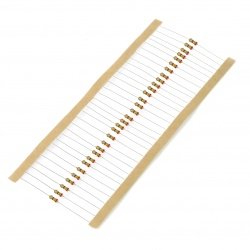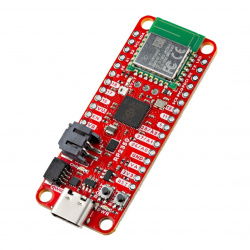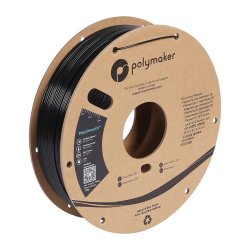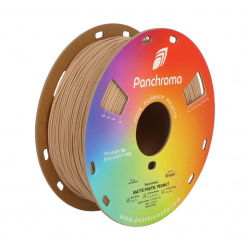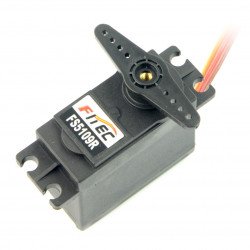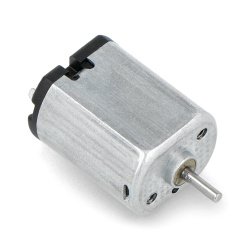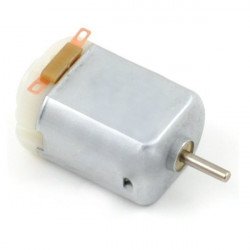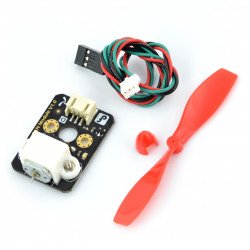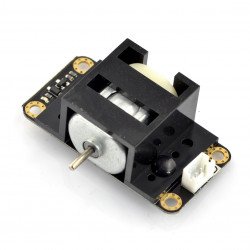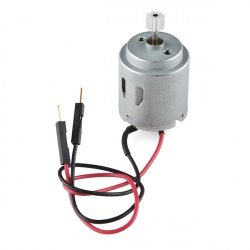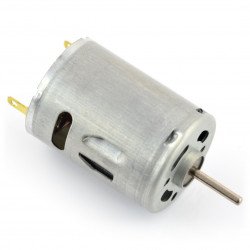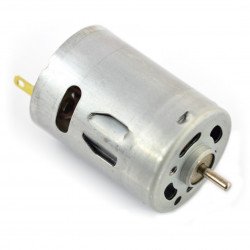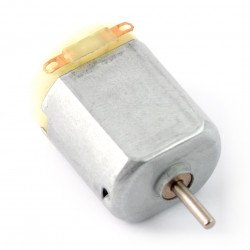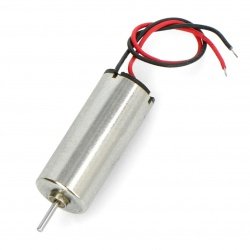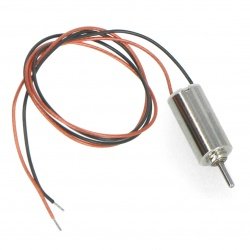Electric motors are the primary source of power for automation mechanisms, mobile robots and increasingly popular electric vehicles. Among the various types of motors available on the market, a special place is occupied by DC motors - their simple design, good performance and low cost make these components are eagerly used not only in amateur robotics, but also in all branches of professional electronics and mechatronics. In this category you will find a variety of DC motors without gears for use in small robots, RC models and precision mechanisms.
DC motors without a gearbox
Mini DC Motor MT64 3-6V - justPi
Small metal motor powered by a voltage ranging from 3 V-6 V. No-load current 30 mA/ 3 V. Dimensions: 18.6 x 15 x 12 mm. Speed: approx. 14,000 rpm.Motor DC 6V, 11500RPM - Pololu 1117
DC brush motor. Nominal voltage 6V. Speed 11500 rpm. Maximum current 800 mA.DFRobot Gravity - Propeller with DC 3-6V Motor Module
A small motor module with controller with speed control capability. The device is compatible with Arduino . A propeller and cable are also included.Controller L9110 with DC motor and fan
Fan made of plastic with a DC motor and the control unit of the direction of rotation based on the system L9110 with digital outputs. It has the ability to blow out the flame...DFRobot Gravity - DC motor + propeller module
Module with DC motor and built-in transistor, it does not require an additional driver. Control is via PWM signal. It has a connector adapted to DFRobot IO Expansion Shield.Hobby Motor - mini DC motor M260 1-3V - SparkFun ROB-11696
A small metal DC motor equipped with a gear wheel placed on the shaft. The wheel has a diameter of 6 mm and 10 teeth , drives other parts without much resistance, allows you to...Mini DC Motor MT71 1,5-6V with Washer
Small metal motor powered from 1.5 V to 6 V. Idle current 22 mA. Dimensions: 24.4 x 12.8 mm. Speed approx. 3500 rpm.Metal Gearmotor 24V 37D without gearbox 1000 RPM with 64 CPR Encoder - Pololu 4690
Pololu brand DC motor powered by 24 V , which is not equipped with gears . Its rotational speed is 10000 rpm and the torque is 0.55 kg*cm . The average current consumption...See also
Some practical advice on the use of DC motors
DC motors are by far the easiest to control, but you should not forget the basic principles that are also applicable to other types of electric drive. Typical DC motors, called brush (or commutator) have two terminals, to which the control voltage should be connected - its polarity affects the direction of rotation of the rotor, and value - the rotational speed. For this purpose, pulse width modulation (PWM) is used (in almost all cases), which allows you to control the speed of the motor using simple key circuits - single transistors or so-called H-bridges. Switching elements (both discrete and integrated) should provide sufficient current capacity to drive the motor in all conditions - it is worth remembering that the current consumption increases significantly (often many times) when the motor shaft is heavily loaded or completely stopped. These principles apply to both gearless DC motors and those equipped with any power transmission system.
Small DC motors without gears
In this category you will find a wide range of DC motors without gears, which are perfectly suited for driving small mobile robots, electric toys and delicate mechanisms in all kinds of everyday devices. The simplest of them, e.g. MT86 or MT92, accept supply voltage in the range of 3 to 6 V, while others, e.g. mini motors MT37, are adapted to a specific voltage (in this case 3.7 V). Selected models can operate at a very wide range of supply voltages, e.g. the MT71 mini motor with CD/DVD drive overlay can rotate at as low as 1.5 V, although it accepts values up to four times higher. It should be noted that in the case of small motors for amateur use, very high idle speeds (with no load on the drive shaft) but quite low torques can usually be achieved.
The most interesting models of DC motors
In our offer you will also find advanced models for more professional applications. We recommend 12V motor with encoder CPR 64 - it provides dimensional compatibility with 37D gearboxes, and thanks to the presence of built-in encoder, can be successfully used in applications requiring precise speed control. It is also worth paying attention to the GPX Extreme Swift 400 model - despite the fact that it is a DC motor without a gearbox, it can achieve a torque of as much as 0.45 kg*cm and a very high speed - around 16000 rpm. Similarly, the Redox DC 12V 12000RPM motor also does not have a gearbox, and yet is able to work with a torque of as much as 0.42 kg*cm.






























































































































































































































































































































